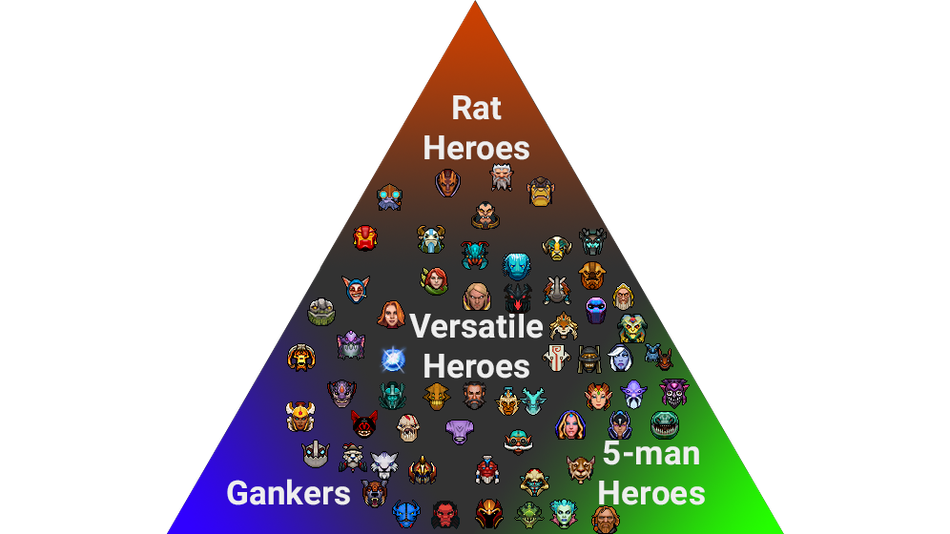To make the right tactical choice is vital. If you are behind and you are continuously defensively 5-manning, your opponents will simply out-farm you and out-split-push you. The game will quickly get out of hand and you will be unable to win whatever tactical choice you choose.
Therefore, you need information first, and to counter your enemies second. If you manage to get up some wards when your opponents are farming the lanes and jungle (or simply if you suspect they are doing so) - the right tactical choice will be to gank. Yet you are at a disadvantage. You cannot “aggressively” gank the enemy carry with 1-2 heroes without smoke - he will simply kill you or you will get counter-ganked. You can only “defensively” gank. The “defensive” or, more accurately said, safer way to gank is to smoke up as a group (4 or even 5 heroes) and gank in that way.
When you manage to get some map control and some kills, your opponents will probably react to your ganks and will start moving as 5. This is the moment when you need to change your tactic - you want to go back to turtling and split-pushing. Use the new map control you have to safely farm with your carries and push out the lanes while the other members of your team are stalling the push. Just before (or when) your opponents decide to commit, bring your carries back to the base (with TP’s) and try to defend the base/tower. If you are that far behind that you simply cannot do so, try to get trades. A tower for a tower or a Rax for a Rax is an incredibly good trade when playing from behind.
If your opponents don’t change up their playstyle (continue farming up and pushing the lanes out despite your ganks), you need to keep on doing what you are doing - in that case ganking. Things will get much harder when you run out of Smokes, however by that time hopefully you would have done some warding and dewarding and you will have some map control, i.e. you will be able to gank successfully without Smoke. Be very careful not to get baited into an unfavorable. Try to initiate on your target when you see that at least some enemy heroes are out of position to help out.
When you are ahead, follow the same logic and exploit the opportunities of having the more forceful position. If you see the enemy team is turtling as 5 in their own base, spread out and farm the whole map. Take advantage of your opponent’s Jungle, Ancient’s, etc. This way you will not only have more places to farm multiple heroes, but you will take farm away from your opponents. If you see that your opponents are trying to gank, gather as five, prevent the ganks, get some kills and get objectives (tower, shrines, Rosh). If you think that your opponents are not in a position to win a 5v5, you should group as 5 and go for an objective - either push down towers, shrines or take Roshan. The new map control/Aegis might be the thing you need to finish the game





